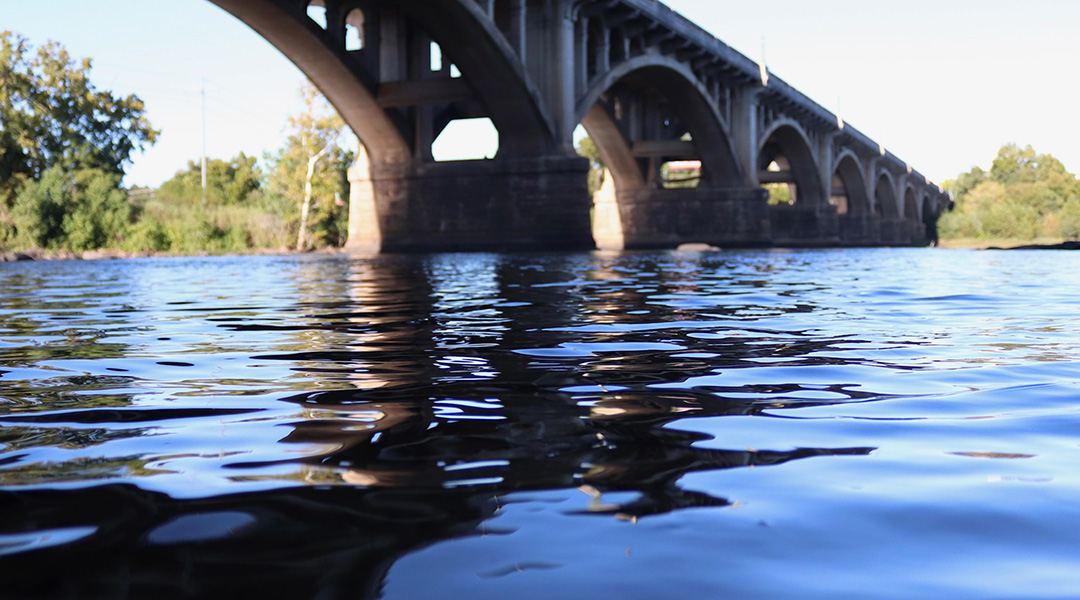24/10/2022 Stati Uniti, Carolina del Sud, Richland-Lexington, Columbia
“If you ever come across anything suspicious like this item, please do not pick it up, contact your local law enforcement agency for assistance”
By Caleb Bozard
But coal tar isn’t the only potentially dangerous material lurking underneath the water’s surface. During the occupation of Columbia in 1865, the Union army dumped much of the city’s Confederate armory into the river where the cleanup is now taking place. The project will potentially have 150-year-old explosives to deal with, Cassidy said. While many of the artifacts are believed to have been removed years ago, the munitions could include unexploded ordnance from the war. The coal tar will go to a landfill, Cassidy said. Any ordnance will be handled by specialized workers based on how dangerous it is. It may be destroyed if it is explosive. But anything not potentially harmful will be salvaged and preserved. What they find is unlikely to explode, W.C. Smith of the Palmetto State History Foundation Board said. Civil War-era explosives have to be set and detonated by a lit fuse and will not explode on contact, he said. The DHEC project is the third time the area has been dug up. The first was an informal dig in the 1930s when the river was low, Smith said. The second time was in the ’80s, when Smith and a team of explorers borrowed some equipment and went digging themselves. Smith said his team didn’t find as much as they had hoped, in part because the group in the ’30s got there first. Additionally, he said, unlicensed poachers dove in the area at night while he was working with his team in the 1980s. Nevertheless, “there’s a lot of bullets,” Smith said. “When we were in there with the dredges, we had bullets flying out the dredge.” It was common for Confederate arsenals to be dumped in rivers in cities across the South, he said. But one type of bullet, with a signature ring-tail design at the base, has only been found in the Congaree River. Smith said the unique bullets may have been manufactured at the end of the war and didn’t have a chance to be shipped to the front lines before the city fell. Smith thinks the current project might be more successful than his attempt in the ’80s, because DHEC is digging up dirt that was dumped on top of the original riverbank in the 1970s. The dumping project covered the coal tar as well as much of the riverbed where some of the arsenals may have been dumped. His group couldn’t do any digging there because its archeology institute permits at the time wouldn’t allow it, Smith said.
Photo-Source: carolinanewsandreporter.cic.sc.edu
If you find anything that appears to be an explosive device, do not touch it, leave it where it is and call the police. We will contact the appropriate agencies to properly dispose of the item.
Dear editors, Biography of a bomb is aimed at highlighting the danger caused by unexploded bombs. Moreover, the most important aspect is that we work completely non profit, raising awerness about this topic is what drives us. We apologize if we make use of pictures in yours articles, but we need them to put a context in how findings are done. We will (and we always do) cite source and author of the picture. We thank you for your comprehension





